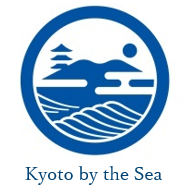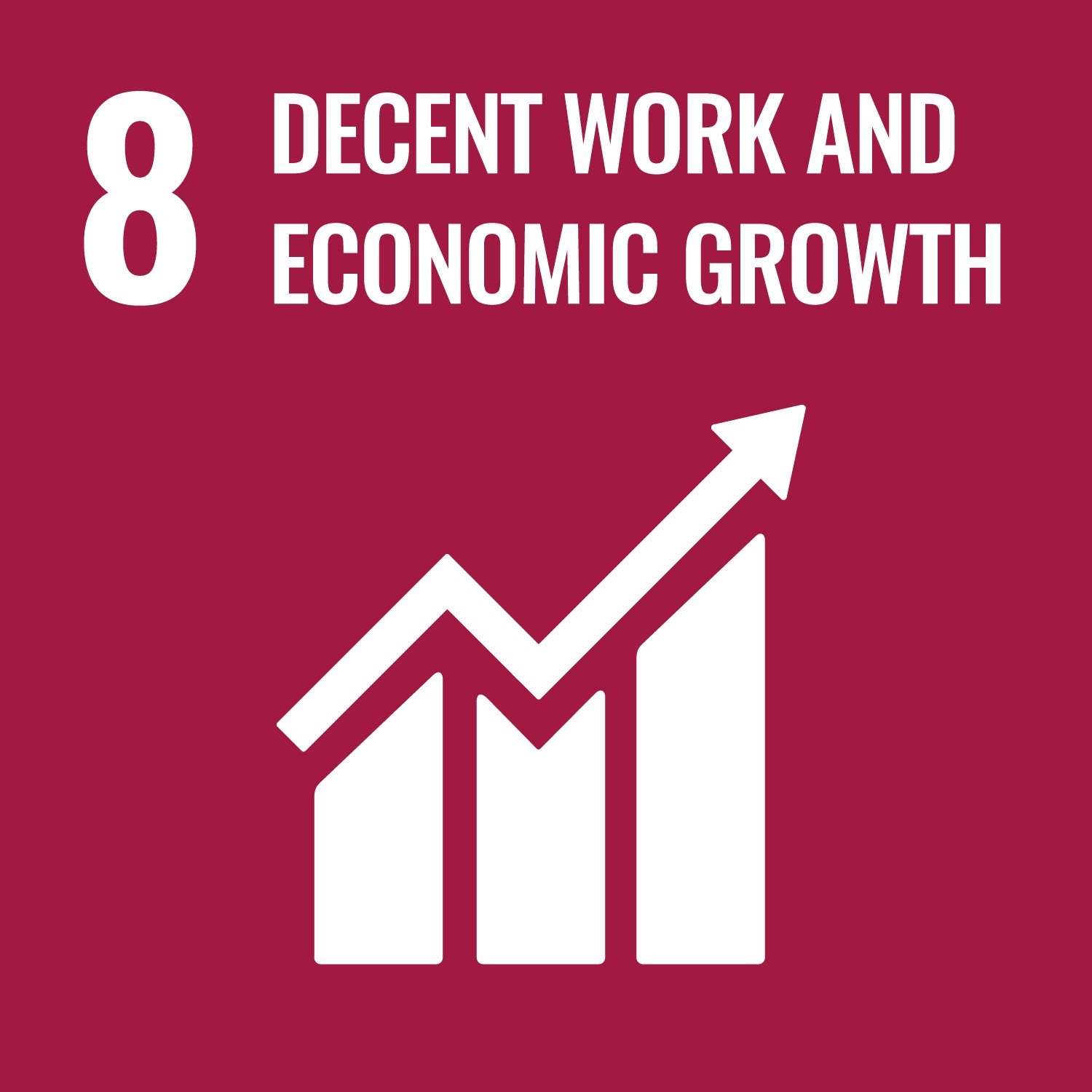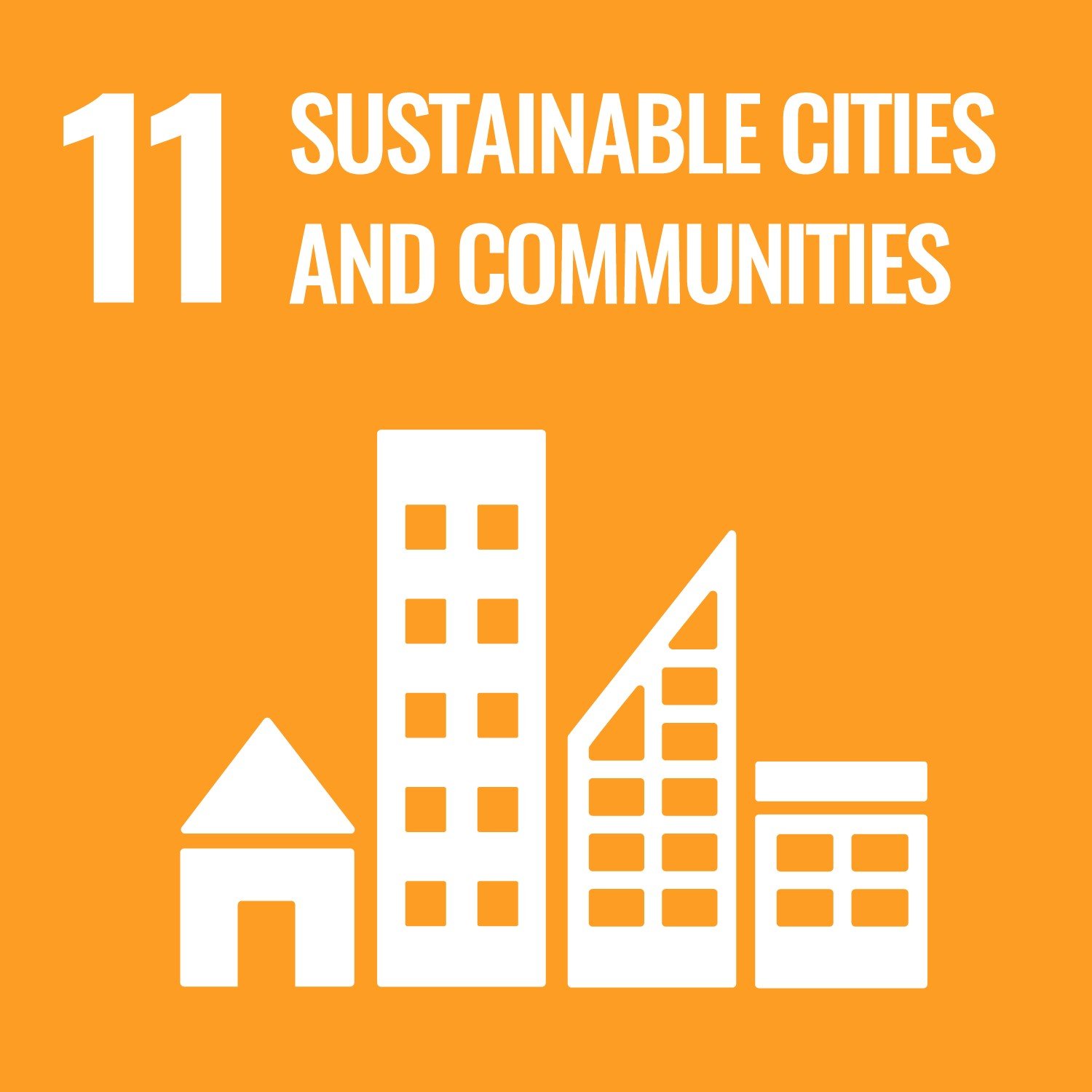Sustainable Communities
People outside of Japan may or may not be familiar with the Sustainable Development Goals (SDGs) developed by the United Nations to help end poverty, protect the planet and improve the lives and prospects of everyone, everywhere. No small task, which is why the goals are broken into 17 different sections meant to be accomplished by 2030. In Japan, SDGs have become a popular phrase, and though they were designed as global targets, they have been adopted prefecturally, and even locally. We would like to share some of the things Kyoto by the Sea has been doing to accomplish relavent goals.
Goal 8 is about promoting inclusive and sustainable economic growth, employment and decent work for all.
“Achieve higher levels of economic productivity through diversification, technological upgrading and innovation, including through a focus on high value added and labor intensive sectors.”
As a center of weaving in Japan, weavers are constantly innovating. These innovations incorporate technological advances in the weaving industry, but also are complemented by flexible thinking that allows them to develop products that reflect modern society.
“By 2030, devise and implement policies to promote sustainable tourism that creates jobs and promotes local culture and products.”
Kyoto by the Sea DMO works with local artisans to create programs that allow for visitors both domestic and international to learn about and appreciate heritage arts in the region. We do yearly training with people interested in becoming local guides, to learn about and share their culture. Kyoto by the Sea DMO has developed policies geared towards promoting slow tourism in the area in order to maximize positive impacts on the local communities, and to also reduce the environmental burden of higher visitor turnover.
“Promote development-oriented policies that support productive activities, decent job creation, entrepreneurship, creativity and innovation, and encourage the formalization and growth of micro-, small- and medium-sized enterprises, including through access to financial services.”
Throughout the region, opportunities to establish small businesses in order to reinvigorate rural communities are being implemented. Terraced rice fields in the area are offering rental programs to introduce people to DIY agriculture. Financial incentives and assistance are offered to people looking to start businesses aimed towards supporting the local economy. The fishing village of Ine offers ‘trial stays’ in the funaya area for people who want to try out Ine’s way of life to see if they would like to live there long term. Area artisans and trades workers like weavers, paper makers, organic farms and fishery workers offer apprenticeships and training programs for people interested in pursuing work that continues heritage arts and vital industries in Japan.
Goal 11 is about making cities and human settlements inclusive, safe, resilient and sustainable.
“Support positive economic, social and environmental links between urban, peri-urban and rural areas by strengthening national and regional development planning.”
Kyoto by the Sea DMO is coordinating with sustainable destinations in Kyoto City interested in promoting the broader Kyoto region. This includes the development of traveler excursions that rely on public transportation and the use of bicycles instead of cars. The aim is to help reduce the burden of over-tourism in Kyoto City, concomitantly improving economies in rural areas suffering from population decreases. In coordination with the greater region, Kyoto by the Sea is part of various initiatives whose aim is to support wider development across a variety of region: Visit Northern Kansai, Kansai Tourism Federation, Kyoto Prefecture Tourism Federation, as well as being a member of the national groups Undiscovered Japan, and the Juten Shien DMO group.
“Strengthen efforts to protect and safeguard the world’s cultural and natural heritage.”
The region is working to protect quasi-national parks like Amanohashidate. Efforts include maintaining waterways, trash-pick up, and biodiversity management. The region has a number of registered cultural and industrial heritage properties as well, with designated buildings and surrounding environs being protected, and in a number of cases policies that have been put into place in order to protect the cultural/natural sites. These sites include but aren’t limited to Ine’s funaya village, Yosano’s Chirimen Street and The Chirimen Corridor: 300-years woven in silk, Ayabe City’s Gunze Memorial Hall, Maizuru City’s Brick Buildings, Miyazu City’s Former Mikami Residence, and Fukuchiyama Castle.
Goal 12 is about ensuring sustainable consumption and production patterns, which is key to sustain the livelihoods of current and future generations.
“By 2030, ensure that people everywhere have the relevant information and awareness for sustainable development and lifestyles in harmony with nature.”
Kyoto by the Sea DMO has partnered with businesses that run on platforms of sustainable practices to provide education to a wider audience. From sustainable fisheries rebuilding fish habitats, to an organic farm that not only rebuilds soil health but also provides vegetables to all the local schools, to an e-bike tour operator who started a company that recycles ocean plastics into usable items, to a vinegar brewery founded in 1893 that has been employing local people to grow non-pesticide rice for more than 50 years and overseas the entire brewing process locally, Kyoto by the Sea DMO provides exposure and training for the general public, as well as people who want to improve their own business practices in symbiosis with the natural world.
“By 2030, halve per capita global food waste at the retail and consumer levels and reduce food losses along production and supply chains, including post-harvest losses.”
Various farming communities in the region offer educational and relaxing stays, which has the added benefit of providing visitors with models for reducing food loss and supply chain management. These rural communities eat seasonally (which reduces transportation and supports locally sourced food), compost, grow their own food, and redistribute food amongst community members to avoid waste.
Ine is a seaside village and a unique case of how to live in harmony with nature. They have built 230 funaya (boat houses) right on the bay, with the main houses (for living) across the street. Firstly, there is no supermarket. When fishing boats return to the harbor, villagers and restaurants are notified and they walk down to select what fish they will buy for the day. The people have gardens and rice fields as well, limiting the need for trips to stores. Along with the local harbor, residents have a uniquely sustainable passive-fishing system. Mondori are net-basket contraptions that are sunk into the bay off the side of people’s boat garages. Fish enter but can’t swim out. People check in the morning to see what is caught, only taking what they need and then letting the remaining fish continue to swim. They use the fish scraps from previous catches as the bait for future fish so nothing is wasted. People also raise their own edible seaweed on the edges of their funaya, which is harvested in spring.
Goal 14 is about conserving and sustainably using the oceans, seas and marine resources. Healthy oceans and seas are essential to human existence and life on Earth. They cover 70 per cent of the planet and provide food, energy and water. The ocean absorbs around one quarter of the world’s annual carbon dioxide (CO2) emissions, thereby mitigating climate change and alleviating its impacts.
“By 2020, conserve at least 10 per cent of coastal and marine areas, consistent with national and international law and based on the best available scientific information.”
Kyoto by the Sea’s north shore is registered as a UNESCO Global Geopark, with policies in place to protect the coastline.
“Provide access for small-scale artisanal fishers to marine resources and markets.”
The region is built on small-scale fishing, with many of the small ports and towns running independently. There are plans in place to encourage more people to enter the fishing industry. The fishing village of Ine, for example, makes it possible for people who are interested in becoming fisherman to purchase highly sought after funaya.
“By 2020, effectively regulate harvesting and end overfishing, illegal, unreported and unregulated fishing and destructive fishing practices and implement science-based management plans, in order to restore fish stocks in the shortest time feasible, at least to levels that can produce maximum sustainable yield as determined by their biological characteristics.”
The region requires fishing licenses to protect overfishing and overharvesting of natural resources like seaweed and shellfish. Sections of the sea are also owned and managed by residents to ensure sustainable fishing practices. The harbors in the region also use small vessels to limit hauls and allow for the regeneration of the populations. The fishing industry also prohibits catching during sensitive periods like breeding, which allows populations to remain healthy.
“By 2025, prevent and significantly reduce marine pollution of all kinds, in particular from land-based activities, including marine debris and nutrient pollution.”
Tourism is an increasing industry in the Kyoto by the Sea area, Ine and Amanohashidate being the top two areas of interest. In order to protect the areas (both UNESCO Wolrd’s Most Beautiful Bays), there are management practices in place to prevent low value, high polluting tourism. For example, Ine allows only one cruise company to visit their bay, PONANT. Having created partnerships with groups like National Geographic and The Smithsonian, they are the industry standard for sustainable cruise lines, operating with bio fuel or electricity when possible, traveling at slower speeds to limit pollution and noise, offsetting 150% of their carbon, using local cuisine in their cooking. The ship won’t even be allowed in Ine Bay, and the window of potential visits is limited to the end of March and April to protect the breeding grounds of fish in Ine.




